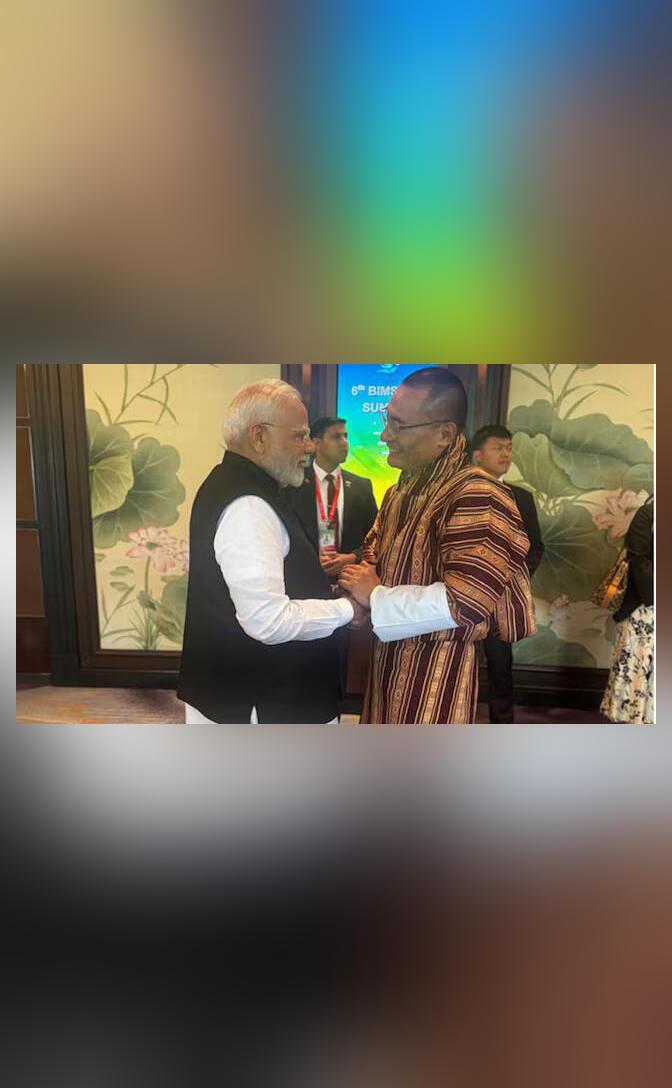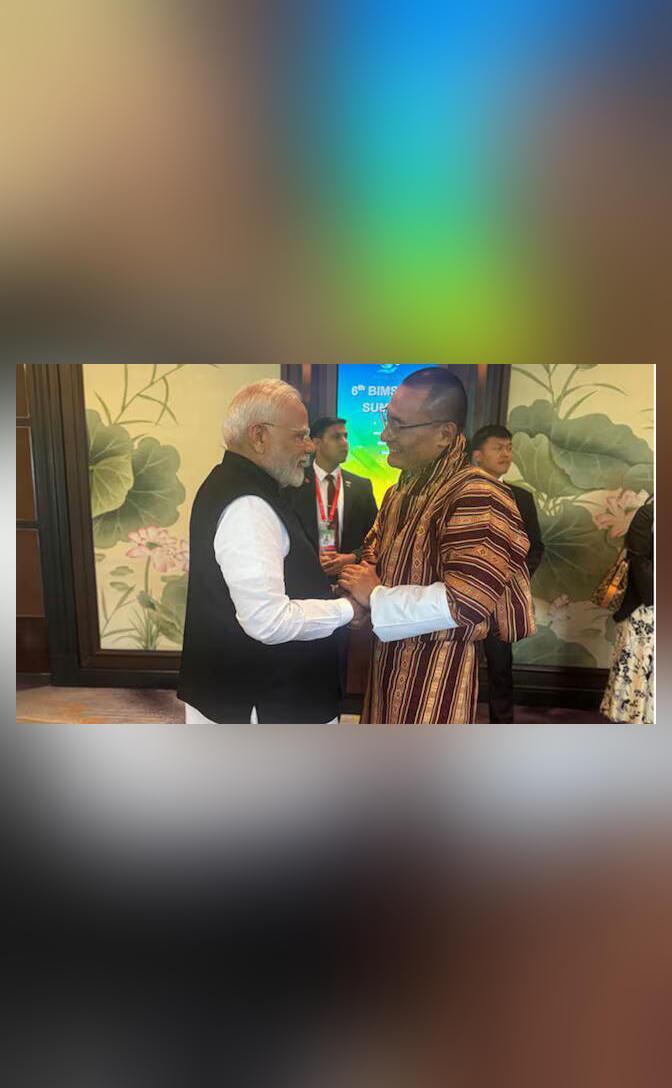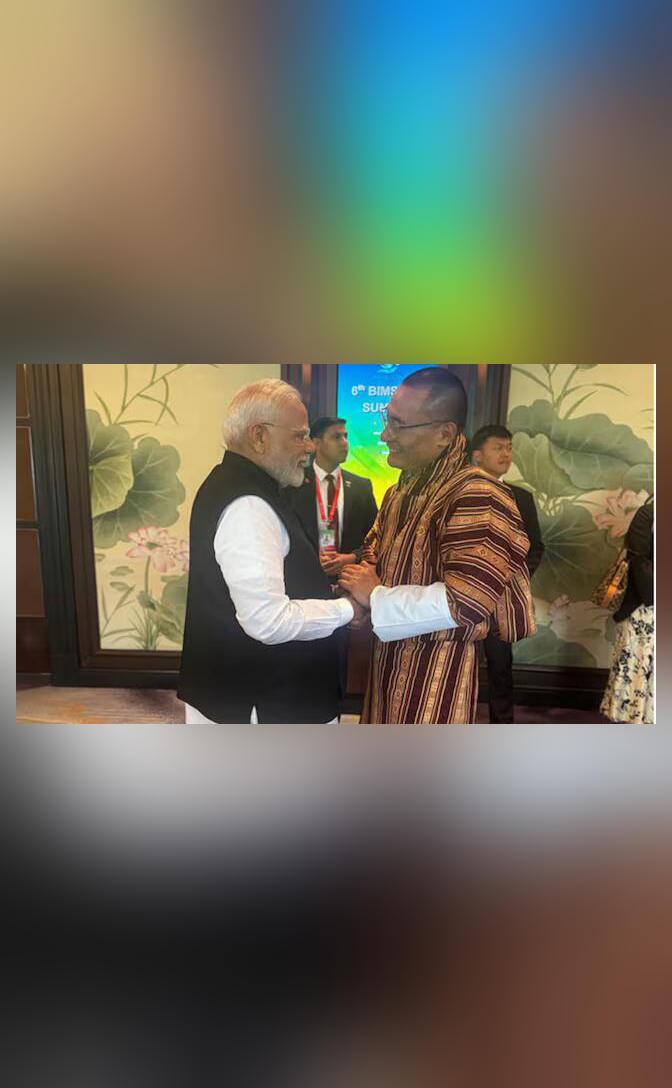
US Tariffs’ Effect on India will be Small, They’re like a Self-Goal for Them: Rajan
In a recent statement, Ex-RBI Governor Raghuram Rajan shed light on the impact of US tariffs on India’s economy, stating that the effect will be relatively small. According to Rajan, the tariffs imposed by the US will have a minimal impact on India’s exports, as American consumers will not be able to easily substitute away to non-tariffed producers.
Rajan’s remarks come at a time when the US has increased its tariffs on Indian goods, sparking concerns about the potential impact on India’s economy. However, Rajan’s assessment suggests that the impact may not be as severe as initially thought.
In an interview with The Print, Rajan explained that the direct effect of any tariff on India’s exports will be to raise prices for US consumers, reducing their demand, and hence Indian growth. He used a football analogy to drive his point home, stating that tariffs are like a “self-goal” for the US.
“This is a self-goal for the Americans. They are trying to hurt India, but ultimately, it will hurt their own consumers,” Rajan said. “If India has a trade surplus with the US, which it does, then the tariffs are essentially a tax on American consumers. It reduces the demand for Indian goods, which means Indian exports will be lower, and Indian growth will be lower.”
Rajan’s viewpoint is supported by several economic studies, which have shown that tariffs can lead to higher prices for consumers, reduced trade, and slower economic growth. The imposition of tariffs by the US on Indian goods, such as steel, aluminum, and agricultural products, is likely to have a direct impact on India’s exports, particularly in the short term.
However, it’s worth noting that India has been preparing for this eventuality by diversifying its exports and reducing its dependence on the US market. The country has also been working to strengthen its domestic industries, particularly in the manufacturing sector, to reduce its reliance on imports.
Furthermore, India has been actively negotiating free trade agreements (FTAs) with other countries, such as the Regional Comprehensive Economic Partnership (RCEP) and the Comprehensive and Progressive Agreement for Trans-Pacific Partnership (CPTPP), to expand its trade opportunities and reduce its dependence on the US market.
In addition, India has also been taking steps to reduce its trade deficit with the US, including increasing its exports of services, such as IT and pharmaceuticals, and reducing its dependence on imported goods. The country has also been working to improve its logistics and supply chain infrastructure to reduce the costs and time associated with importing goods.
In conclusion, while the imposition of US tariffs on Indian goods may have some short-term impact on India’s economy, the overall effect is likely to be small. As Rajan pointed out, the tariffs will ultimately hurt American consumers, reducing their demand for Indian goods and hence Indian growth. India’s efforts to diversify its exports, strengthen its domestic industries, and negotiate FTAs with other countries will also help to mitigate the impact of the tariffs.




